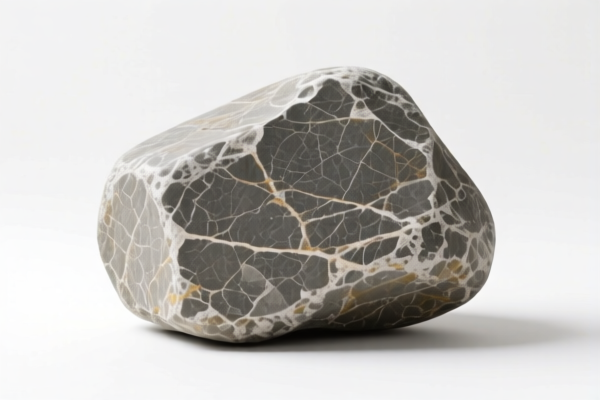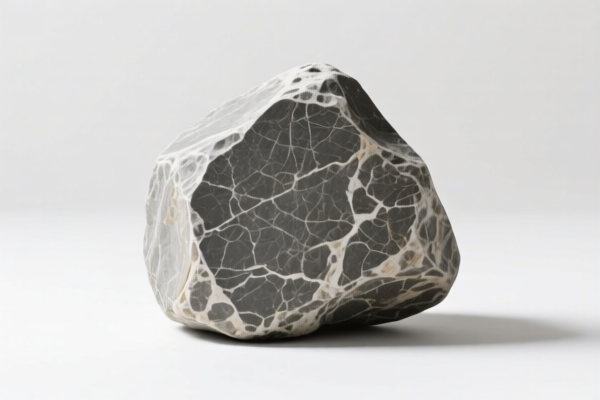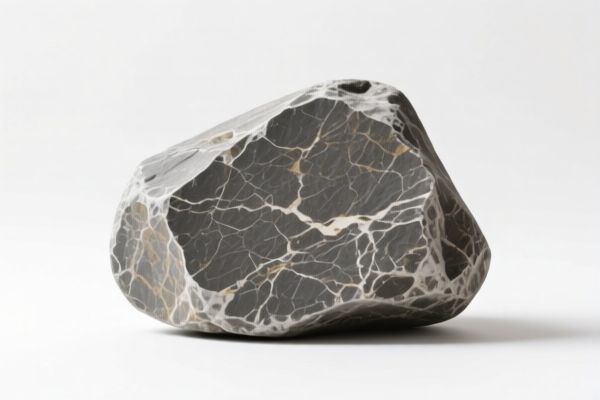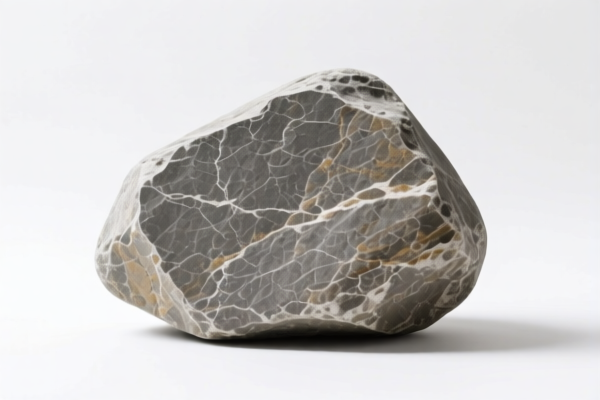| HS Code | Official Doc | Tariff Rate | Origin | Destination | Effective Date |
|---|---|---|---|---|---|
| 2530901000 | Doc | 55.0% | CN | US | 2025-05-12 |
| 2530908050 | Doc | 30.0% | CN | US | 2025-05-12 |
| 2513100010 | Doc | 55.0% | CN | US | 2025-05-12 |
| 2513100080 | Doc | 55.0% | CN | US | 2025-05-12 |
| 6801000000 | Doc | 57.8% | CN | US | 2025-05-12 |
| 6815992000 | Doc | 55.0% | CN | US | 2025-05-12 |
| 7103995000 | Doc | 48.0% | CN | US | 2025-05-12 |
| 7103991000 | Doc | 37.5% | CN | US | 2025-05-12 |
| 7104100000 | Doc | 40.5% | CN | US | 2025-05-12 |
| 7104995000 | Doc | 43.9% | CN | US | 2025-05-12 |
| 3707906000 | Doc | 55.0% | CN | US | 2025-05-12 |
| 3707903290 | Doc | 55.0% | CN | US | 2025-05-12 |




Crystal Stone
Crystal stones, often referred to simply as crystals, are solid materials whose atoms, molecules, or ions are arranged in a highly ordered microscopic structure, forming a crystal lattice that extends in all three spatial dimensions. This unique structure results in distinct physical properties and often, aesthetically pleasing forms.
Material Composition
The composition of crystal stones is incredibly diverse, encompassing a wide range of minerals, both organic and inorganic. Common examples include:
- Quartz: Silicon dioxide (SiO₂), one of the most abundant minerals on Earth, available in various forms like Clear Quartz, Amethyst, Citrine, Rose Quartz, Smoky Quartz, etc.
- Feldspars: Aluminum silicates, frequently found in igneous and metamorphic rocks.
- Calcite: Calcium carbonate (CaCO₃), often forming stalactites and stalagmites in caves.
- Gypsum: Calcium sulfate dihydrate (CaSO₄·2H₂O), used in drywall and plaster.
- Tourmaline: A complex borosilicate mineral with a variety of elemental substitutions, resulting in diverse colors.
- Beryl: Beryllium aluminum cyclosilicate, including varieties like Emerald and Aquamarine.
- Agate: A form of chalcedony, which is microcrystalline quartz.
- Jasper: An opaque variety of chalcedony.
Purpose & Function
Historically and contemporarily, crystal stones serve numerous purposes:
- Decorative: Their aesthetic qualities make them valuable for jewelry, sculptures, and ornamental objects.
- Metaphysical/Spiritual: Many cultures attribute specific energies and healing properties to different crystals, used in practices like meditation, energy work, and chakra balancing. These beliefs are not scientifically proven.
- Scientific/Technological: Certain crystals exhibit piezoelectric properties (generating electricity under pressure) and are used in oscillators, sensors, and other electronic devices. Others are used in optics (lasers, lenses).
- Geological: Crystals are essential for identifying minerals and understanding the formation of rocks and geological processes.
Usage Scenarios
- Jewelry Making: Crystals are cut and polished into gemstones for rings, necklaces, earrings, and bracelets.
- Home Décor: Crystals are used as decorative accents, placed in living spaces to enhance aesthetics or, according to some beliefs, energy.
- Meditation & Healing: Crystals are held during meditation, placed on the body (chakra points), or used in crystal grids.
- Electronics Industry: Quartz crystals are crucial components in watches, radios, and other electronic devices.
- Optical Instruments: Crystals like sapphire are used in lenses and prisms due to their transparency and hardness.
- Collection: Many people collect crystals for their beauty, rarity, and perceived energetic properties.
Common Types (categorized by common use/belief)
- Clear Quartz: Often called the “master healer,” believed to amplify energy and clarity.
- Amethyst: A purple variety of quartz, associated with spirituality, intuition, and calming energy.
- Rose Quartz: Pink quartz, linked to love, compassion, and emotional healing.
- Citrine: Yellow quartz, believed to attract abundance and prosperity.
- Smoky Quartz: Brown or black quartz, associated with grounding and protection.
- Tiger's Eye: A chatoyant gemstone, linked to courage, strength, and protection.
- Jade: A tough, green stone, often associated with luck, prosperity, and longevity.
- Turquoise: A blue-green stone, often associated with protection and healing.
- Selenite: A translucent crystal, believed to cleanse energy and promote peace.
- Labradorite: A feldspar mineral known for its iridescent play of color (labradorescence).
It is important to note that the metaphysical properties associated with crystals are based on traditional beliefs and are not supported by scientific evidence.
The declared goods, “crystal stone,” can be classified under several HS codes based on their specific characteristics and intended use. The following HS codes are relevant, based on the provided information:
-
7103995000: Precious stones (other than diamonds) and semiprecious stones, whether or not worked or graded but not strung, mounted or set; ungraded precious stones (other than diamonds) and semiprecious stones, temporarily strung for convenience of transport: Otherwise worked: Other: Other. This code covers precious stones (excluding diamonds) and semiprecious stones that have undergone some form of processing but are not yet strung, mounted, or set. This would include cut or polished stones not intended for immediate jewelry use.
- Chapter 71: Natural or cultured pearls, precious or semi-precious stones, synthetic or reconstructed precious or semi-precious stones, and articles thereof.
- Heading 7103: Precious stones (other than diamonds) and semiprecious stones, whether or not worked or graded but not strung, mounted or set; ungraded precious stones (other than diamonds) and semiprecious stones, temporarily strung for convenience of transport.
- Subheading 710399: Otherwise worked.
- Subheading 71039950: Other: Other.
-
7103991000: Precious stones (other than diamonds) and semiprecious stones, whether or not worked or graded but not strung, mounted or set; ungraded precious stones (other than diamonds) and semiprecious stones, temporarily strung for convenience of transport: Otherwise worked: Other: Cut but not set, and suitable for use in the manufacture of jewelry. This code specifically applies to cut stones intended for jewelry manufacturing.
- Chapter 71: Natural or cultured pearls, precious or semi-precious stones, synthetic or reconstructed precious or semi-precious stones, and articles thereof.
- Heading 7103: Precious stones (other than diamonds) and semiprecious stones, whether or not worked or graded but not strung, mounted or set; ungraded precious stones (other than diamonds) and semiprecious stones, temporarily strung for convenience of transport.
- Subheading 710399: Otherwise worked.
- Subheading 71039910: Other: Cut but not set, and suitable for use in the manufacture of jewelry.
-
6815992000: Articles of stone or of other mineral substances (including carbon fibers, articles of carbon fibers and articles of peat), not elsewhere specified or included: Other articles: Other: Talc, steatite and soapstone, cut or sawed, or in blanks, crayons, cubes, disks or other forms. This code may be applicable if the "crystal stone" is processed into specific forms like cut blanks, crayons, or disks, and is not a precious or semi-precious stone as defined under Chapter 71.
- Chapter 68: Articles of stone, plaster, cement, asbestos, mica or similar materials.
- Heading 6815: Articles of stone or of other mineral substances (including carbon fibers, articles of carbon fibers and articles of peat), not elsewhere specified or included.
- Subheading 681599: Other articles.
- Subheading 68159920: Other: Talc, steatite and soapstone, cut or sawed, or in blanks, crayons, cubes, disks or other forms.
It is important to determine whether the crystal stone qualifies as a "precious or semi-precious stone" as defined under Chapter 71. If so, HS codes 7103995000 or 7103991000 would be more appropriate. If it is a different mineral substance processed into specific forms, HS code 6815992000 may be applicable.
Customer Reviews
No reviews yet.